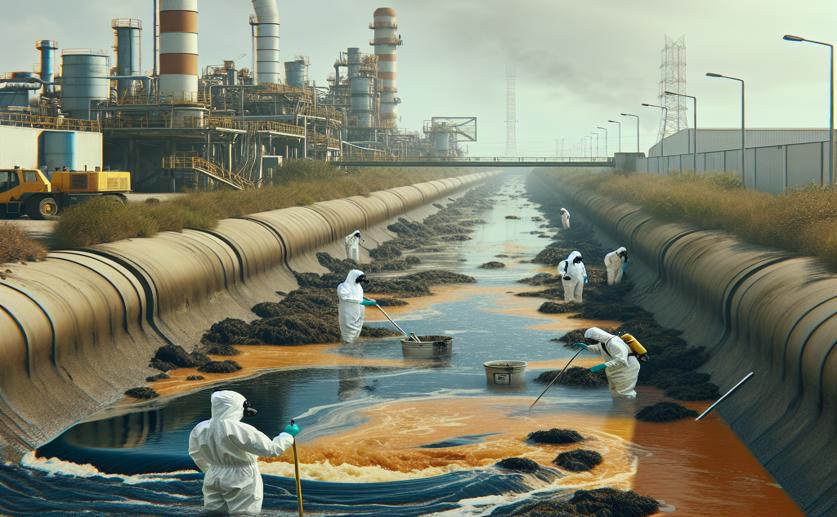
Evaluating Pollution Levels in an Industrial Wastewater Canal
Jim Crocker
2nd March, 2024

Image Source: Natural Science News, 2024
Key Findings
- Study in Punjab, India found Kala Sanghian drain water highly contaminated, unfit for use
- High correlation between water temperature, dissolved solids, and oxygen levels indicates pollution
- Analysis suggests human activities like waste disposal and industrial effluents degrade water quality
EnvironmentSustainabilityEcology
References
Main Study
1) Physicochemical assessment of industrial effluents of Kala Sanghian drain, Punjab, India.
Published 29th February, 2024
https://doi.org/10.1007/s10661-024-12446-z
Related Studies
2) Effects of heavy metals on fish physiology - A review.
3) Examining the dynamics of the relationship between water pH and other water quality parameters in ground and surface water systems.
4) A critical review on the treatment of dye-containing wastewater: Ecotoxicological and health concerns of textile dyes and possible remediation approaches for environmental safety.



 20th February, 2024 | Phil Stevens
20th February, 2024 | Phil Stevens